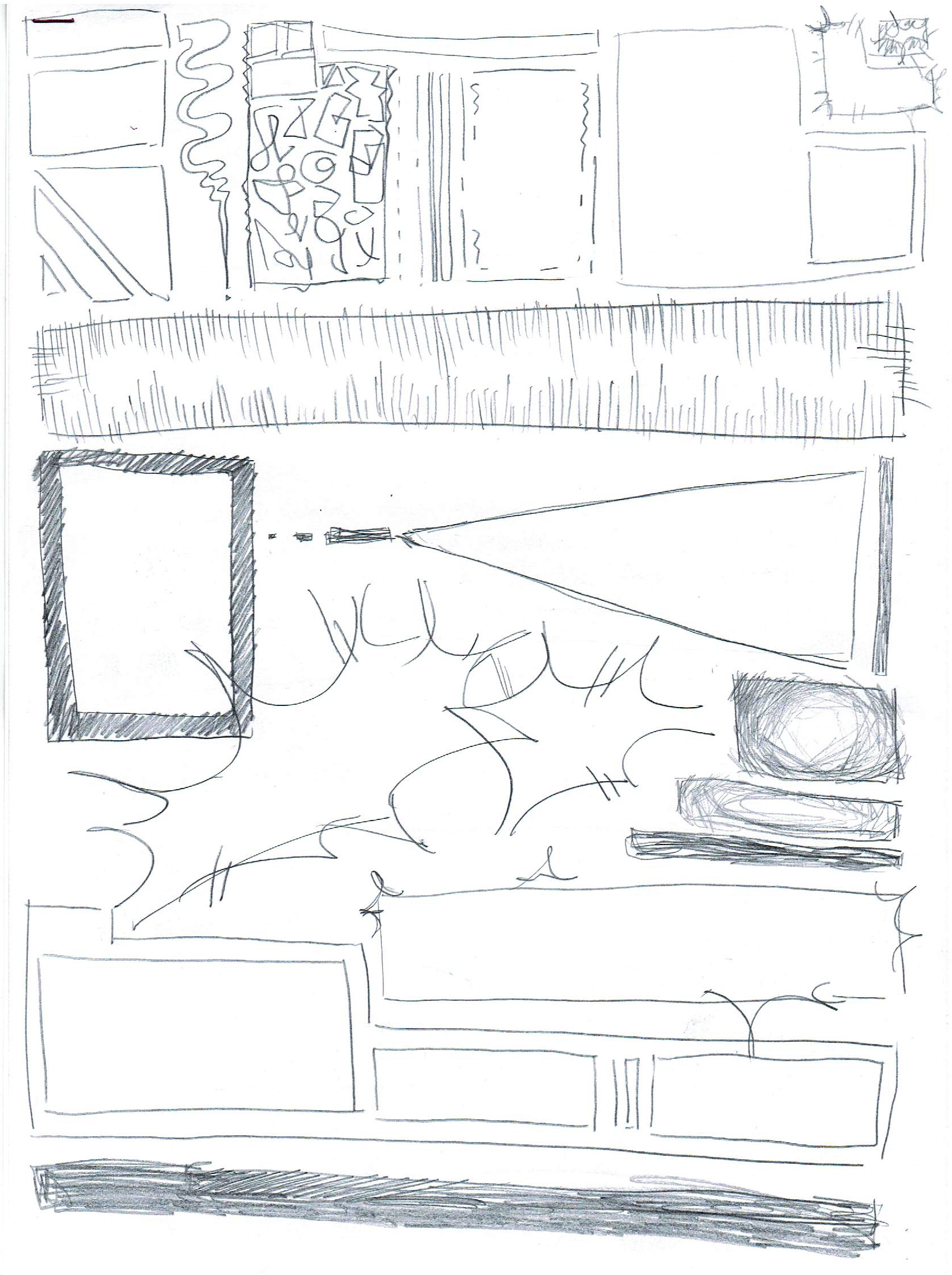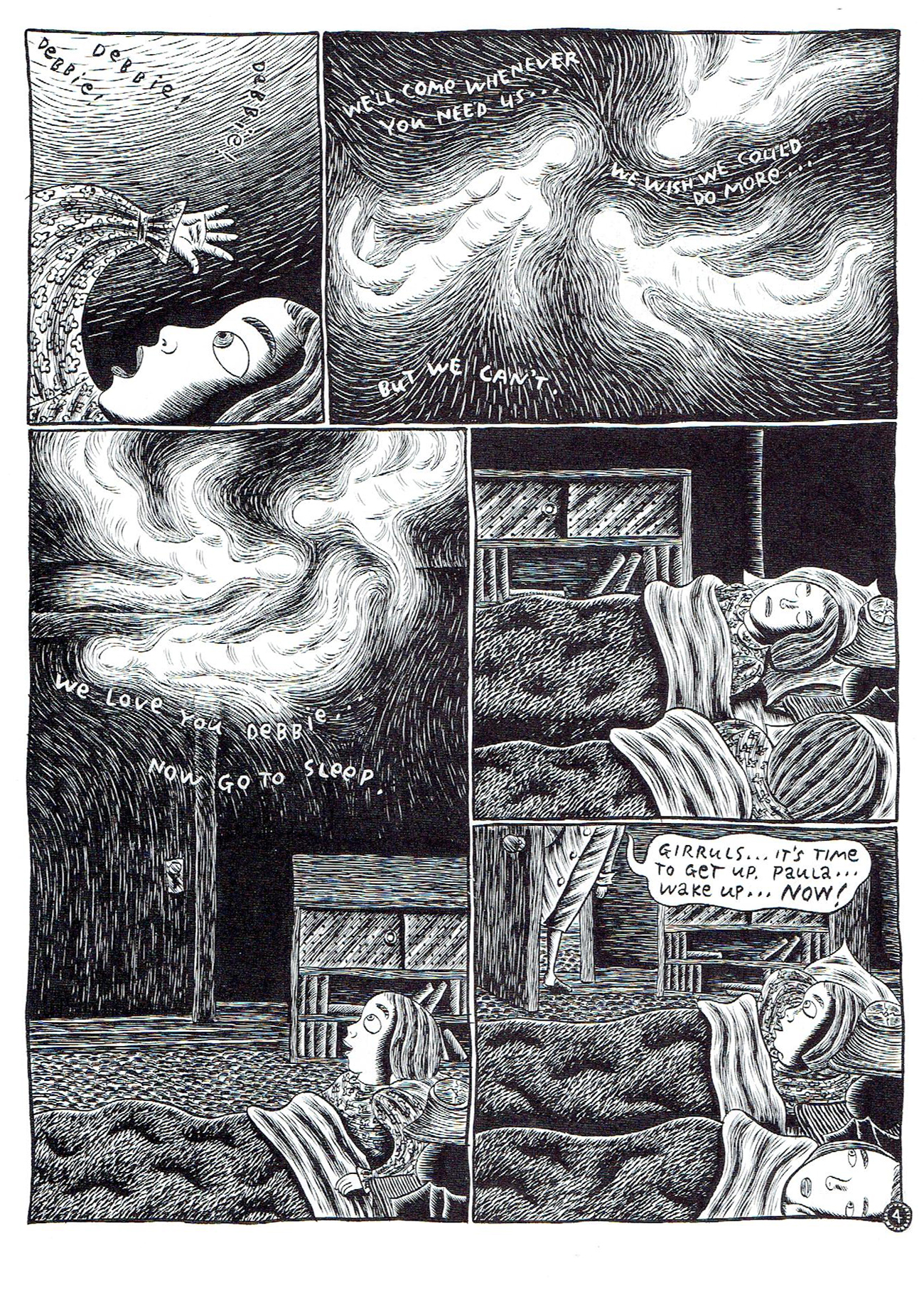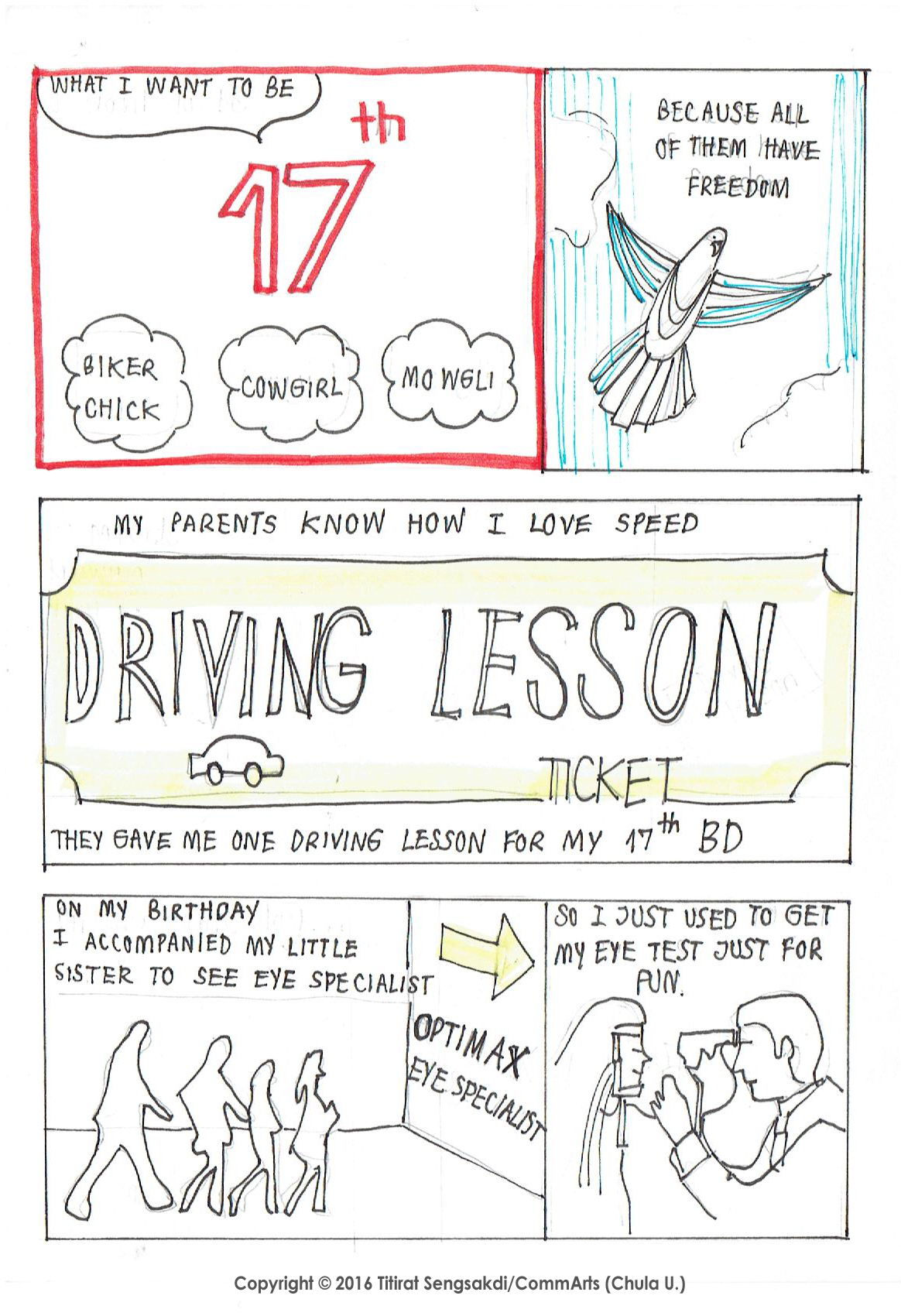How do we communicate the unutterable?
When abandoned by words, muted or silenced, Comics Art allows for different strategies to represent -or allude to- ‘invisible/invisibilized’ inner wounds, health and mental issues. These -usually overlapping- meaning-making strategies include, but are not limited to, the narrative use of colors, art/line style, textures and techniques (pencils, ballpoint pen, digital paint…), graphic embodiment of the characters, space-time interplay (space as time; contiguity of various moments/spaces/panels), braiding of visual motifs and visual metaphors, panels’ sizes and shapes, page composition (segmentation, layout, negative space…), text spatialization, speech balloons’ shapes and lettering, multi-modality (text-image dynamic; anchorage/relay, intertextuality), abstraction or suggestion (closure, gap between the panels). More on ‘the interaction between the medium of comics and the discourse of healthcare’, and the representation of (psychic) trauma, can be found on the website Graphic Medicine, and books such as Documenting Trauma in Comics: Traumatic Pasts, Embodied Histories, and Graphic Reportage (Palgrave Macmillan), Hillary L. Chute’s Disaster Drawn: Visual Witness, Comics, and Documentary Form (Harvard University Press), Harriet E. H. Earle’s Comics, Trauma and the New Art of War (University Press of Mississippi) and Eszter Szép’s Comics and the Body: Drawing, Reading, and Vulnerability (The Ohio State University Press) among many other publications.
Harriet E. H. ‘Earle suggests that comics are the ideal artistic representation of trauma. Because comics bridge the gap between the visual and the written, they represent such complicated narratives as loss and trauma in unique ways, particularly through the manipulation of time and experience. Comics can fold time and confront traumatic events, be they personal or shared, through a myriad of both literary and visual devices. As a result, comics can represent trauma in ways that are unavailable to other narrative and artistic forms.’
On Harriet E. H. Earle’s Comics, Trauma and the New Art of War (University Press of Mississippi)
The following 17 ‘Traumics’ (comics on trauma) or Graphic Medicine narratives were produced by Thai or exchange students from various faculties (Psychology, Architectural Design, Language and Culture, Communication Design, Communication Arts, Engineering) at Chulalongkorn University, Thailand, during the Covid-lockdowns in 2021 and 2022 as the final creative projects of two of my courses: Imaginative Media, a comparative course on the representation of Refugee Narratives and Psychic Trauma in various media (literature, comics, movies, tv series, dance/choreographies, paintings…), and Visual Media Studies, a ‘General Education’ course mostly dedicated to the study of Graphic Narratives and Comics Art. Both courses include the study of Psychic Trauma and its representations through a series of lessons based on the seminal works of psychiatrists François Lebigot, Louis Crocq and Sándor Ferenczi, and on my conferences on Comics as a Language of Symptoms of Psychic Trauma. All students were made aware of the challenging nature and content of the courses on the first lesson (and could choose to drop the course, or skip the triggering content/lessons); they were free to select their graphic narrative’s topic, but it had to be related to psychic trauma or any other mental/health issues, and to change their topic at any point, if the ‘graphic’ composition felt too challenging. Some stories are based on personal experiences, other are based on research by the students. In preparation of the composition of their graphic narratives, we’ve analysed pages from a dozen trauma-related short comics or graphic novels from the US, Canada, Taiwan, Vietnam, Belgium or France. Along the semester, students worked on various (constrained/experimental) comics composition assignments. During the last weeks of the semester, individual consulting sessions with yours truly were held, one to discuss the first layout and a second to improve some elements of the advanced draft of their comics. Most of the students had no prior art/comics training, and the following stories are usually their very first comics narratives. Most stories reveal the crushing weight of social pressure/conformity in Thailand (and Asia), and that -if comics studies were rightfully considered and fully integrated in the university curriculum- students would be able to produce many more sophisticated and meaningful graphic narratives on social issues and as a means of self-expression and of mindful communication.












My deepest thanks to all my students as they were always fully dedicated to the ‘unconventional’ content of my courses and to the comics assignments they were given. More comics have been produced during these two courses, but some were either redundant with the stories presented here or need some additional editing before publication. More graphic narratives should be published online soon.

These ‘graphic’ narratives contain depictions of domestic violence, sexual abuse and harassment, child abuse, self-harm, suicide, eating disorders, body shaming, [cyber-] bullying, disasters/mass shootings, discrimination, nudity, offensive language, and more…
Reproduced with permission. All rights remain to the authors/artists.














Anchisa Asvahem [Ploy] (CommDe). Page 1/3

Anchisa Asvahem [Ploy] (CommDe). Page 2/3

Anchisa Asvahem [Ploy] (CommDe). Page 3/3









WARNING: GRAPHIC CONTENT























































































































































































































